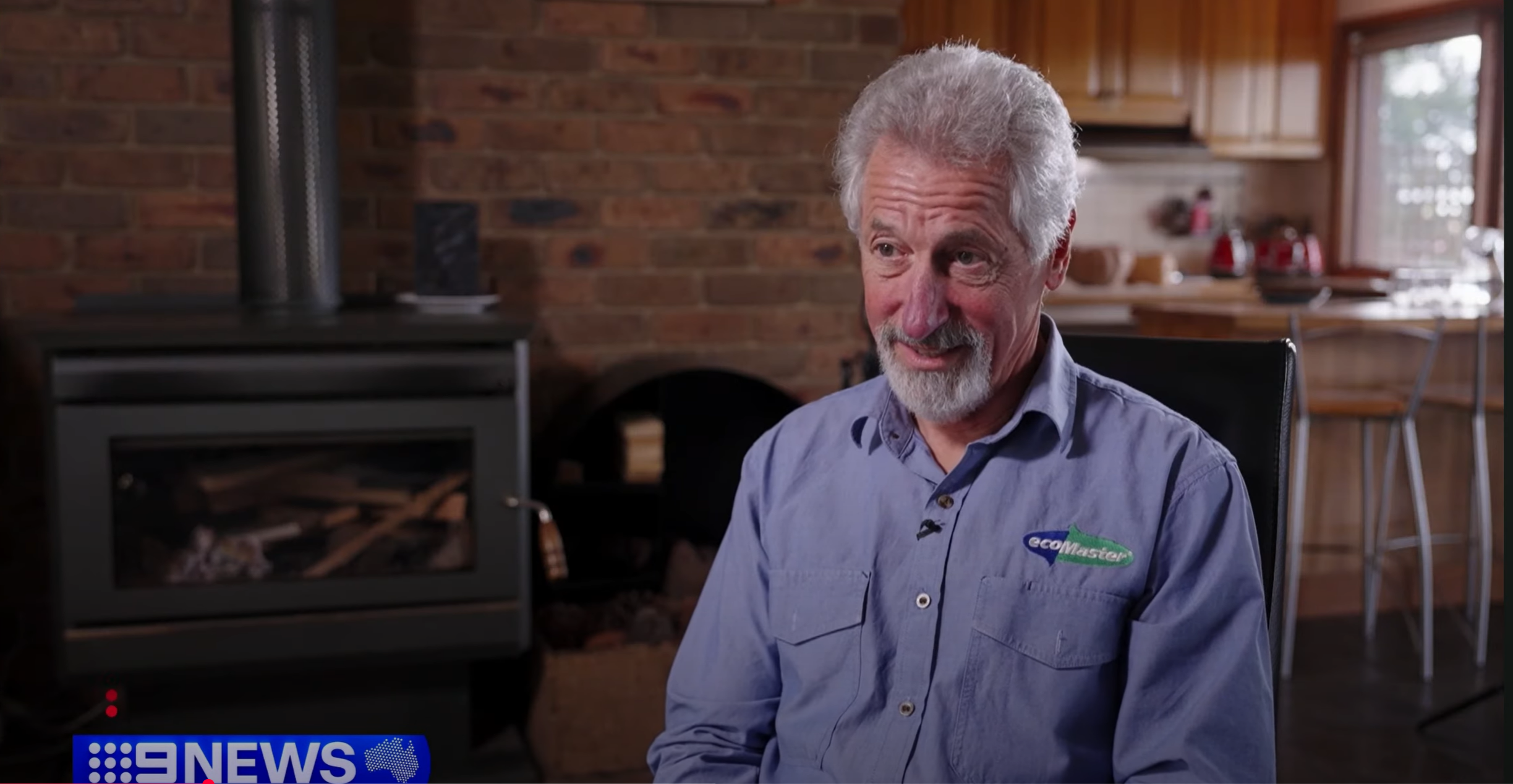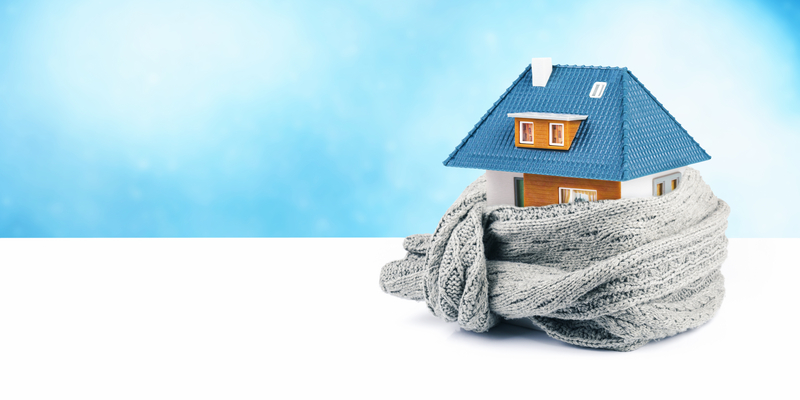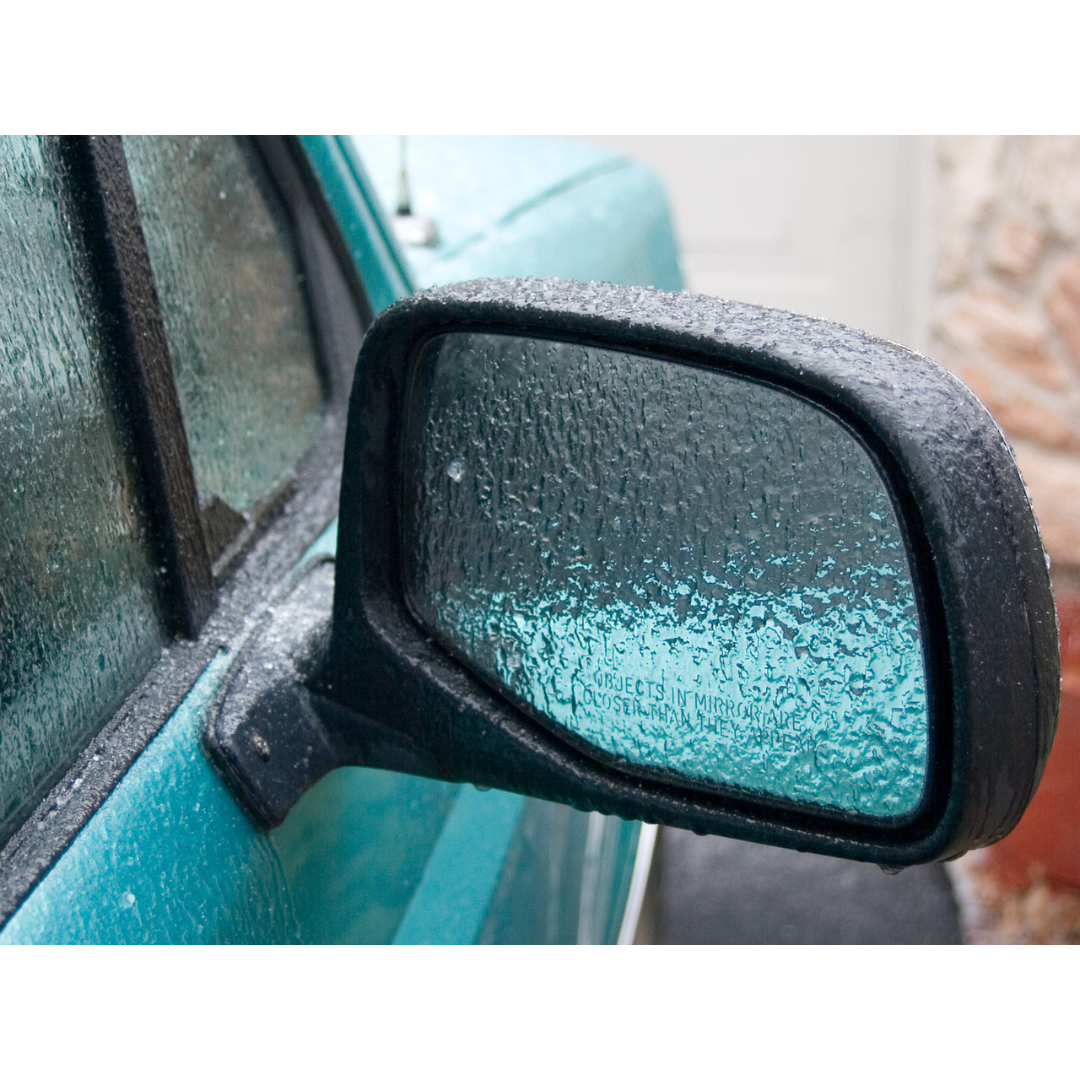
Channel 9 News were looking for a trusted thermal energy professional to comment on the ANZ / Energy Efficiency Council report and useful DIY Winter hacks. They contacted us to interview Maurice!
Unfortunately though, the time allowed for the report was not unlimited. So we thought we’d put together a more comprehensive list of additional DIY winter hacks, or home improvements that can really make the difference.

Table of Contents
SECTION 1: YOU – Personal Warmth Strategies
1. Layer Your Clothing
- Wear a base layer (like thermal underwear) to wick away moisture and keep you dry.
- Add an insulating layer (like a fleece or wool sweater) to trap heat.
- Loose, lightweight layers are better than one heavy layer, as they trap more air and insulate better.
- Footwear: Keep your feet warm with insulated slippers or ugg boots.

2. Cover Your Extremities
- Wear a beanie to prevent heat loss from your head.
- Wear warm socks and boots or shoes you can get a heated foot mat.
3. Stay Active
- If you’re feeling cold, get moving! Walking, exercising, or even just fidgeting can help generate body heat.
- Try some indoor exercises or take a walk around the block.
- If you’re working outdoors, find a warm place to take breaks.
4. Drink Warm Liquids
- Warm drinks like tea, coffee, or hot chocolate can help raise your body temperature.
- Avoid too much caffeine and alcohol, as they can constrict blood vessels and make it harder for warm blood to circulate.
5. Sitting and Sleeping
- If you work from home, or if you chilling on the couch, use a heated throw to keep you warm.
- Warm Bedding: Use electric blankets or hot water bottles to warm your bed before sleeping.
6. Make your own heat packs
- Rice Head Packs. Fill small fabric pouches or socks with uncooked rice and sew them shut. To use, microwave the rice bags for 20-30 seconds until warm. They can be placed in pockets or gloves for a quick, reusable hand warmer. For an added soothing effect, mix a few drops of essential oils like lavender or eucalyptus into the rice before closing the pouch. This not only provides warmth but also releases a comforting aroma when heated.
SECTION 2 : YOUR HOME – Home Warming Strategies
1. Harness Natural Heat
- Sunlight: Open curtains during the day to let in sunlight and close them at night to retain heat.
- Ceiling Fans: Set ceiling fans to rotate clockwise on low speed to circulate warm air.

- Cocooning your home: a clever trick to create a snug, climate safe room that stays at the perfect temperature all year round. It basically concentrates all your retrofit efforts to one single room, rather than your whole home. That keeps costs down and keeps you warm. You can read more about it here.
2. Draught-Proofing: Seal the Leaks
- Safety Note: Avoid sealing rooms with open-flame or unflued gas appliances to prevent carbon monoxide buildup.
- Identify and Seal Gaps: Inspect your home for draughts around doors, windows, floorboards, chimneys, and vents. Use quality seals for doors and windows to avoid re-doing every other year, and caulk to seal floorboard, skirting, wall and ceiling gaps.
- DIY Solutions: EcoMaster offers products like Draught Dodgers for doors and for window types and FulaSeal 701 UltraClear Sealant for floorboards and trims.
3. Window Treatments: Enhance Thermal Performance
- Bubble Wrap Hack: Apply bubble wrap to windows as a temporary insulation method, mimicking double glazing.
- Curtains and Pelmets: Use thick, blockout curtains with Invisible Pelmets to prevent warm air from escaping.
- Secondary Glazing: EcoMaster’s ecoGlaze system offers a DIY-friendly solution to improve window insulation.
4. Efficient Heating Practices
- Pre-heating: don’t wait for your home to be freezing to heat it up. Put the heating on in the off-peak hours, if your energy tariffs allow it. This, in conjunction with some draught proofing will keep your home warmer for less. You can read more about Pre-heating here.
- Regular Maintenance: Check and maintain your heating systems (clean the filters!) to ensure they operate efficiently.
- Area Rugs: Lay down rugs on hard floors to add insulation and keep feet warm. Be sure they are secure to the floor and are not trip hazards for elderly or infirmed residents.
- Radiator Reflectors: Place foil behind radiators to reflect heat back into the room.
5. Bigger Ticket Items
- Ceiling Insulation: Heat rises, so insulating your ceiling can significantly reduce heat loss.
- Underfloor Insulation: Timber floors can let cold air in; insulating beneath them can keep your feet warm and reduce heating needs.
- Reverse Cycle Air Conditioners: Consider switching from gas heaters to efficient electric options, especially if you have solar panels.
- Smart Thermostats: Install programmable thermostats to optimize heating schedules and reduce energy consumption.
- Wall Insulation: Older homes may lack proper wall insulation. Consider retrofitting to improve thermal efficiency.
SECTION 3: YOUR CAR – For more comfortable car rides on frosty days
1. Windshield wipers trick
- Lift and Cover. Before a frosty night, lift your windshield wipers up and cover them with socks. This prevents the rubber from freezing to the windshield and makes it easier to de-ice in the morning. Simply remove the socks, and your wipers should be ice-free.

2. Cover side mirrors
- Use Plastic Bags or Shower Caps Secured with Rubber Bands or Clips. Slide a plastic bag or a disposable shower cap over each side mirror before a frosty evening. This prevents frost from accumulating directly on the mirrors, so in the morning, you simply remove the covers for a clear view.

Recent Comments